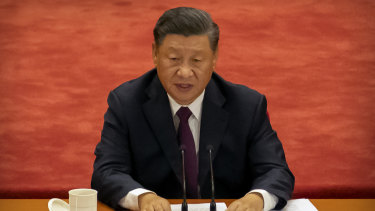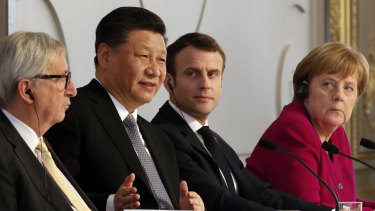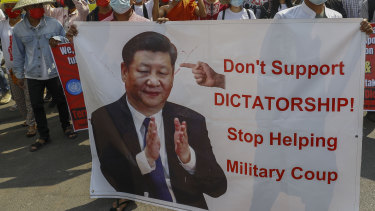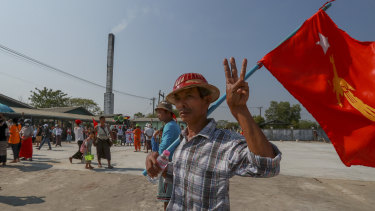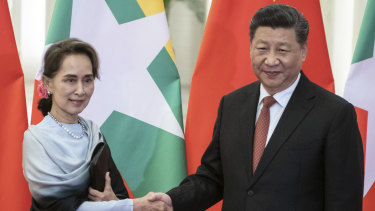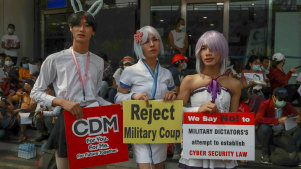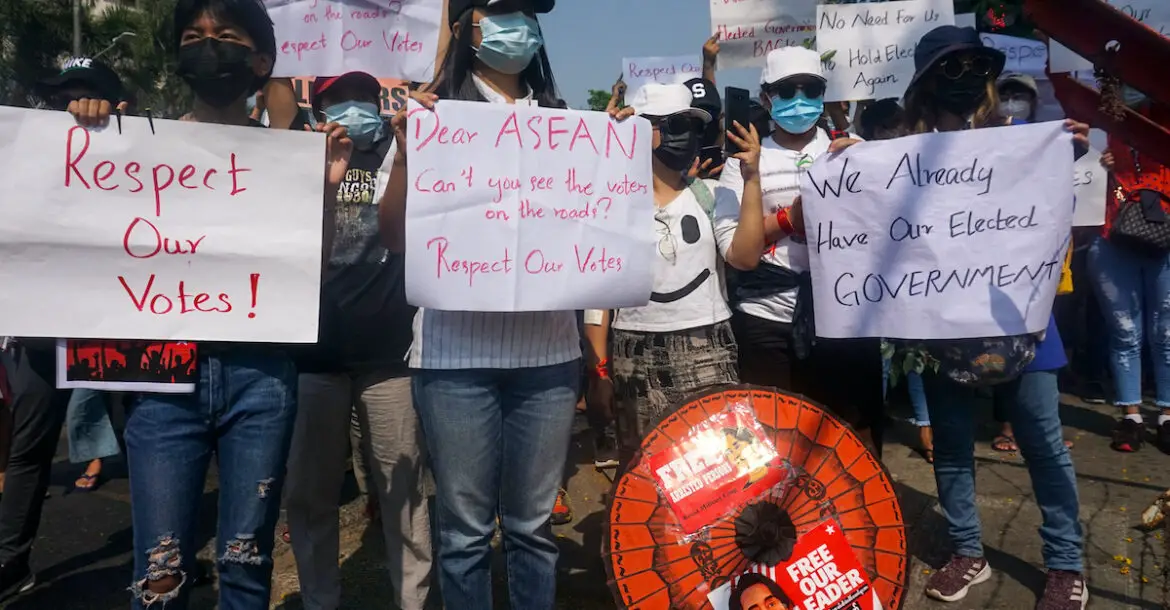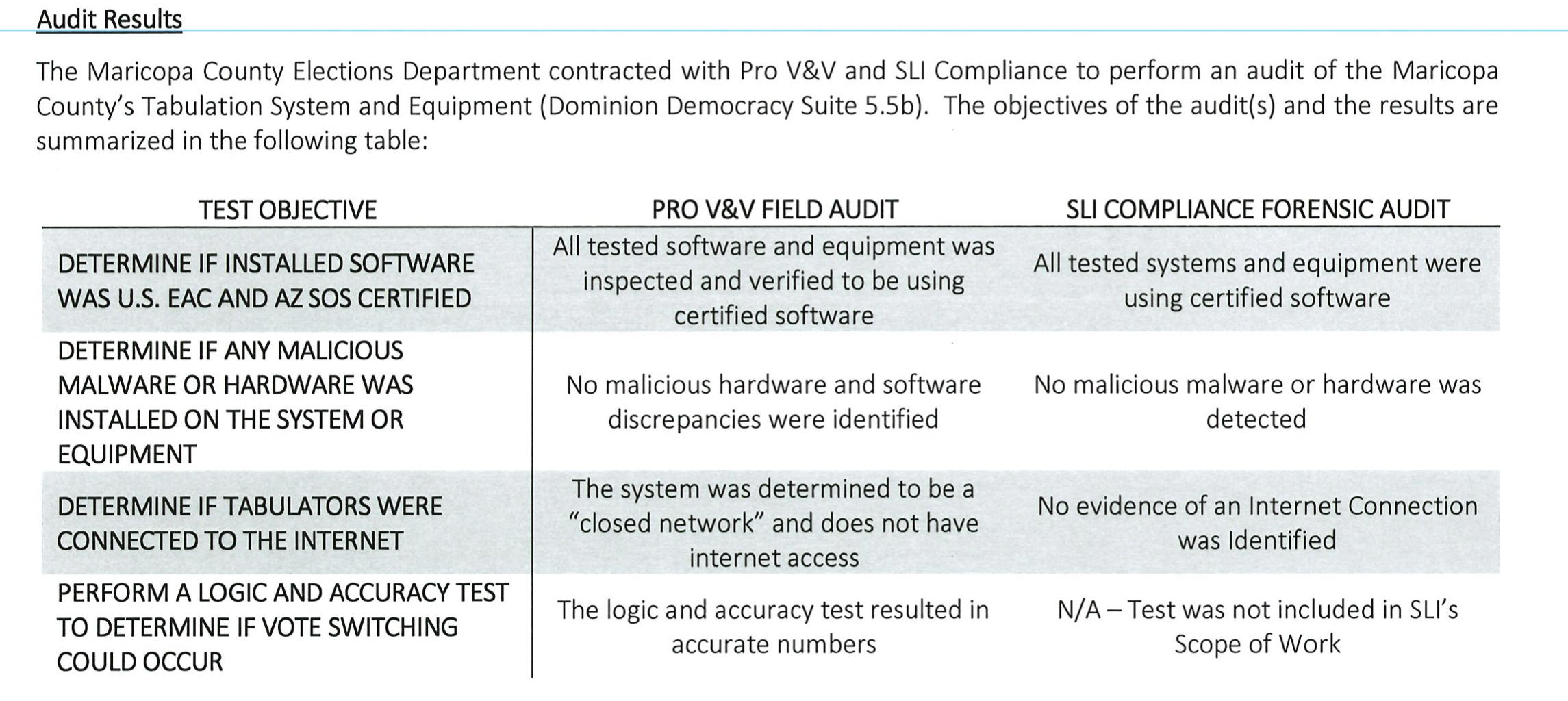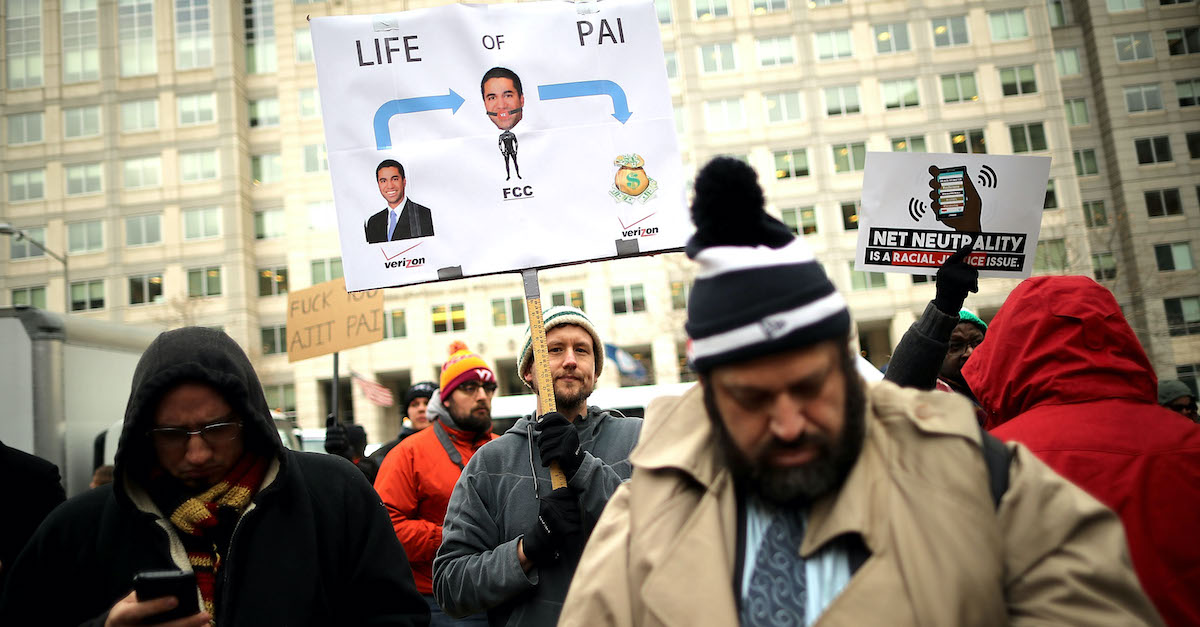HE POSTED ON SOCIAL MEDIA. PHOTOS VIA SCREENSHOTS.
On September 12, 58-year-old Mohamed-Aslim Zafis was sitting outside of a mosque in Etobicoke, part of greater Toronto, making sure that everyone who entered was wearing a mask. A little after 8:30 p.m., a man walked up to him and
stabbed him in the neck. Zafis died in front of the mosque.
Police eventually arrested and charged 34-year-old Guilherme (William) Von Neutegem with the murder, and said he had no connection to Zafis. They also said there was a possibility that Von Neutegem was connected to another murder, that of Rampreet Singh, another person of colour who was stabbed to death on September 7 as he slept under an Etobicoke bridge.
“There does not appear to be any motive" in the killing, police said. Yet, as first reported by the
Canadian Anti-Hate Network which monitors Canadian hate groups, it appears that Von Neutegem may have been associated with, or at least had an affinity for the teachings of, the
Order of Nine Angles (ONA), an occultist fascist group that has deep ties to neo-Nazism.
Joshua Fisher Birch, a research analyst with the U.S. based Counter Extremism Project, described the group as a “secretive satanic, fascist cult that believes in the use of extreme violence, rape, pedophilia, murder, and terrorism to bring about chaos and the downfall of the modern order.“
Despite being relatively unknown, ONA has been tied to several violent crimes, child porn cases, sexual abuse against minors, and terrorism. In July, Pvt.
Ethan Melzer, a 22-year-old U.S. Army soldier found to be an ONA adherent, was charged with numerous terrorism-related crimes after allegedly sharing his troop’s movements with a neo-Nazi/ONA group and a person he believed to be in al Qaeda. The
youngest person ever convicted of terrorism charges in the U.K. was found to be reading ONA material. The leader of the
Yorkshire ONA cell was sentenced to four years in prison in 2017 for raping a 14-year-old girl.
Von Neutegem’s social media accounts paint a portrait of a person familiar with ONA and the occult. (A
police source confirmed to the CBC that the accounts are connected to the accused, and all his social media pages link back to one other and are in both names police gave for him.) When asked by VICE if Toronto Police were aware of the CANH report and they were investigating Von Neutegem’s social media posts as a motive, a TPS spokesperson told VICE News they will “not be commenting.”

THE ONA VIDEO VON NEUTEGEM POSTED ON YOUTUBE. PHOTO VIA SCREENSHOT.
On Facebook, Von Neutegem’ followed several ONA groups’ pages. On Instagram, he posted an image that included a sonnenrad—a black sun—a symbol tied to neo-Nazism and the occult. On Twitter, he followed figures influential in the neo-Nazi world and several more prominent in the alt-right and far-right ecosystem.
It’s YouTube that holds the most significant evidence of Von Neutegem’s seeming affinity for ONA. One YouTube video posted seven months ago by Von Neutegem is entitled "Chant (ONA)." The minute-and-a-half-long video shows a busy altar with meticulously placed candles, pyramids, and other items featuring sigils or runic symbols, and a monolith with the ONA symbol as its centrepiece. A man incants a chant that Von Neutegem attributes in the video’s description to a musical artist who makes ONA music exclusively.
World NewsNeo-Nazis Are Using Eco-Fascism to Recruit Young PeopleMACK LAMOUREUX24.9.20
![]()
“ONA is a very, very small organization, which is very extreme. It's not commonplace, even in terms of the far-right,” said Nick Lowles, the founder of U.K.-based anti-racism advocacy group Hope Not Hate, who has been researching the group for decades. ”So for someone to have ONA imagery, for someone to have a video where they're chanting ONA chants, would heavily suggest that this person is actively involved.“
If the attack was random, “that's definitely the M.O. of Order of Nine Angles," said Lowles, adding that random attacks are encouraged in ONA literature.
A person familiar with ONA and other esoteric occult teachings and rituals who requested to be anonymous because of a fear or reprisal told VICE News after viewing his social media profile, he seemed to “be on this stuff for years” and was “obviously heavily dabbling in the esoteric and left-handed path.”
For the majority of Canadians, Zafis’ death is the first time hearing about the order. The group was founded in the U.K. in the late 60s and is closely tied to neo-Nazi David Myatt, an influential figure in the far-right who over the years has produced several terror manifestos and been involved in groups such as Combat 18 and the National Socialist Movement, Lowles told VICE. One of the manifestos Myatt wrote was cited as a
direct influence on David Copeland who targeted U.K. minorities with nail bombs, which killed three and injured over 100, in 1999. The group’s calendar begins in 1889, the year Hitler was born.
The order has also been linked to accelerationist neo-Nazi groups Atomwaffen and The Base. John Cameron Denton, a leader of Atomwaffen Division, was a prominent ONA adherent and was charged with being involved with a swatting ring
and was accused of (but not charged with) sharing child pornography. Earlier this month, a
teen in the U.K. pleaded guilty to distributing bomb-making material and child porn online; police found ONA literature in his possession.
Those connected to ONA have produced a huge amount of literature explaining the order’s ideology and rituals. The group remained small and relatively unknown for years, but then the internet came around. Prominent ONA members made their work available online and its influence started to spread.
“The last five years or so has been their golden time, in a way,” said Lowles. “Here was an organization that, up to a few years ago, was deeply secretive, deeply hidden. It was very hard outside of that satanic world to come across them.”
ONA members worship dark gods of a previous age and want to manifest evil in the world through both actions and rituals, including chanting, which they believe will connect them to the supernatural. ONA literature tasks followers with physical tests like living in the woods for six months, infiltrating other groups like the military or extremist groups (“insight roles”), and creating a small cell, or “nexion.” The nexions are decentralized and have been found in several countries, including the U.K., the U.S., New Zealand, Canada, Italy, and France.
An adherent initiates themselves to ONA through their literature. The literature intends for followers to shuck any form of morality or empathy they have—the teenager who became the youngest ever convicted of terror charges in the U.K. had written “shed empathy” in his journal. Some texts promote human sacrifice and the “culling of the mundanes”—–killing humans the group has deemed unworthy of life.
Lowles said the group actively attempts to groom younger members.
The person familiar with the teachings told VICE that if Von Neutegem was an adherent it's possible he wasn't connected to other members. "One person can be a nexion," they said, and, for many, the journey through ONA is “a personal one” they do alone.
![]()
A BLACK SUN VON NEUTEGEM POSTED TO INSTAGRAM. PHOTO VIA SCREENSHOT.
Lowles said he considers the group to be one of the “most dangerous groups out there because it is so ideologically driven." Lowles and Hope Not Hate are pushing for the group to
be banned in the U.K.“ONA has been able to operate in the shadows for all this time, advocating terrorism, advocating violence, and advocating murder,” said Lowles. “Nothing has ever happened to them largely because they don't operate as a standard far-right group. The police seemingly haven't been able to infiltrate them and ideologically, they don't quite understand them.”
Evan Balgord, the executive director of the Canadian Anti-Hate Network told VICE News that he's concerned Toronto police didn't make a connection between ONA and Von Neutegem.
The secretive nature of the group makes it difficult to estimate the number of adherents but due to its extreme nature and niche subject matter, it’s safe to say it’s small. Fisher Birch said this is one of the cases where the “the danger from the ideology is outsized,” and added if the man who murdered Zafis was indeed an ONA adherent, “it would follow a pattern.”
“Their reach is far bigger than their organizational size,” said Lowles. “You don't measure in terms of numbers you measure in terms of who they're influencing. They are influencing the most violent end of the international far-right.”
Follow Mack Lamoureux on
Twitter.

